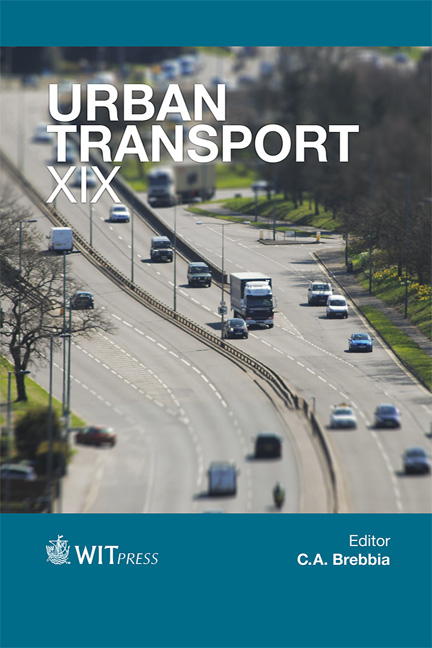Influence Of The Final Drive Ratio, Electric Motor Size And Battery Capacity On Fuel Consumption Of A Parallel Plug-in Hybrid Electric Vehicle
Price
Free (open access)
Transaction
Volume
130
Pages
13
Page Range
409 - 421
Published
2013
Size
352 kb
Paper DOI
10.2495/UT130321
Copyright
WIT Press
Author(s)
O. Torres, B. Bader, J. L. Romeral, G. Lux & J. A. Ortega
Abstract
The purpose of this paper is to study the influence of the electric motor (EM) size, final drive ratio (FD) and the battery capacity (BAT) of a parallel plug-in hybrid electric vehicle (PHEV) regarding fuel consumption. The energy efficiency of a certain vehicle drivetrain depends on the size of the components. For this reason and for cost reasons it is necessary to study the optimal dimensions of the components that minimize the fuel consumption for a given driving cycle. In this publication the influence of the size of the electric motor, final drive ratio and also the battery capacity are analysed using the Response Surface Methodology (RSM) of the Design of Experiments (DoE) technique. A parallel PHEV has been parameterized and simulated to obtain the fuel consumption over NEDC driving cycle using Modelica/Dymola. This paper contains an introduction, a brief explanation of the modelled parallel HEV, a description of the all electric range operating strategy based on rules, an explanation of the RSM method, the simulation results, and finally the conclusions of this study. Keywords: optimal, sizing, models, simulation, PHEV, fuel, electric, consumption.
Keywords
Keywords: optimal, sizing, models, simulation, PHEV, fuel, electric, consumption.





